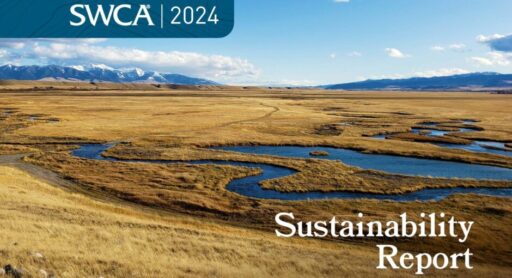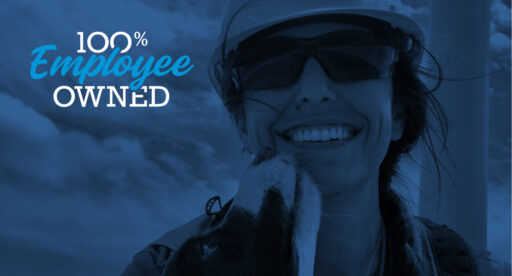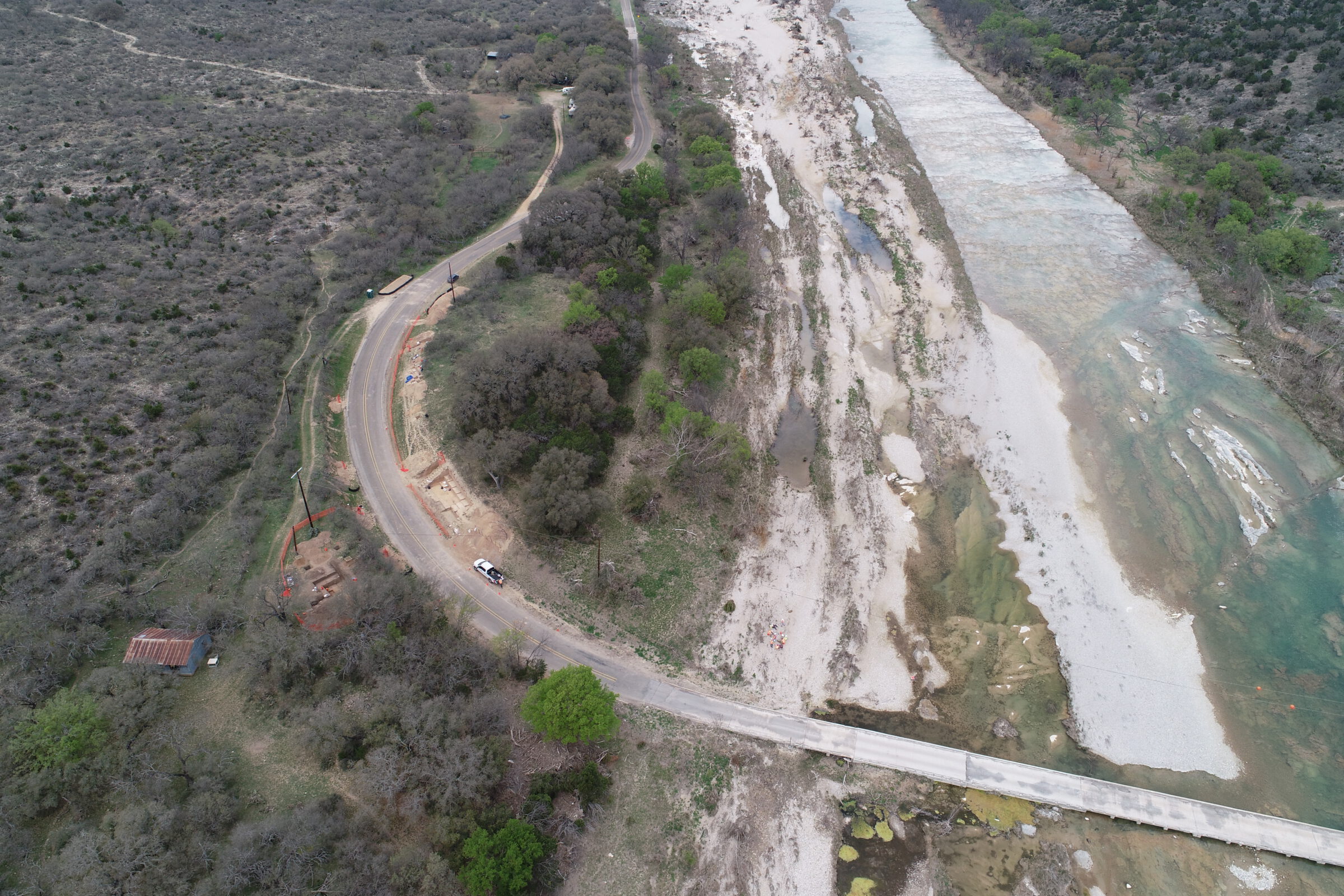2025
Comparably’s Best Company Outlook
* Providing engineering services in these locations through SWCA Environmental Consulting & Engineering, Inc., an affiliate of SWCA.

From the experts we hire, to the clients we partner with, our greatest opportunity for success lies in our ability to bring the best team together for every project.
That’s why:

At SWCA, sustainability means balancing humanity’s social, economic, and environmental needs to provide a healthy planet for future generations.
SWCA employs smart, talented, problem-solvers dedicated to our purpose of preserving natural and cultural resources for tomorrow while enabling projects that benefit people today.

At SWCA, you’re not just an employee. You’re an owner. Everyone you work with has a stake in your success, so your hard work pays off – for the clients, for the company, and for your retirement goals.
Life Along the Llano River: Data Recovery Excavations Record Prehistoric Community
Drawn by plentiful resources found along the Llano River, prehistoric peoples camped and thrived on the adjacent river terraces for thousands of years.
Drawn by plentiful resources found along the Llano River, prehistoric peoples camped and thrived on the adjacent river terraces for thousands of years. Evidence of their activities accumulated, forming a significant archaeological resource, the Llano River Crossing Site, located south of the City of Mason in the west-central Texas Hill Country.
The development of a new bridge to cross the river along an existing roadway had the potential to affect the area so the Texas Department of Transportation (TxDOT) turned to long-standing partner SWCA. With a relationship spanning decades, TxDOT selected SWCA to mitigate impacts through an extensive and innovative archaeological investigation.
SWCA assembled a team of seasoned Texas archaeologists well-versed in the regulatory requirements of the Antiquities Code of Texas and the National Historic Preservation Act, including Kevin Miller, Steve Carpenter, Tina Nielsen, and geoarchaeologist Ken Lawrence, to tackle this challenging project.

Aerial drone imagery of the Llano River Crossing Site; view facing upstream of Llano River.
The complexity of the Llano River Crossing Site didn’t intimidate SWCA archaeologists. The project meant working within a heavily trafficked existing right-of-way on vertical profiles up to seven meters high while experiencing challenging weather conditions from snow and ice to heavy rains on any given day.
With safety top of mind, the team developed protocols to provide a safe excavation zone with traffic controls, safety barriers on slopes where excavations occurred, and the use of personal harnesses when team members were on the steepest sections.
A deep roadcut also created a wide gap through the site, presenting the technical challenge of correlating cultural strata and artifacts from either side of the roadway. Undeterred, the SWCA team combined geoarchaeology expertise with magnetic susceptibility analyses and optically stimulated luminescence dating to connect the discontinuous profiles and excavation blocks. Additionally, drone technology provided broader views of the terraces and landscape at the site, specifically using digital elevation model technology and mapping. Using these geoarchaeology and mapping techniques, SWCA was able to reconstruct the site stratigraphy holistically and correlate numerous burned rock cooking features and stone tools to specific occupations at the river over time.
Using sound science and creative solutions, SWCA successfully excavated 120 cubic meters of site deposits in 44 consecutive days and completed a detailed geoarchaeological analysis. An achievement made possible through the large number of colleagues SWCA brought to bear on the project, drawing from four Texas offices and the largest cultural resources team in Texas.
SWCA’s team of experienced archaeologists, geoarchaeologists, and cultural resources specialists completed the large-scale Llano River Crossing Site excavation with no safety issues while adhering to an accelerated project plan, allowing TxDOT to stay within an aggressive schedule.
Despite the site’s fragmented nature, SWCA’s creative data recovery excavations revealed and recorded incredible details of prehistoric life along the river for thousands of years — that would have been otherwise lost — preserved for the next generation.